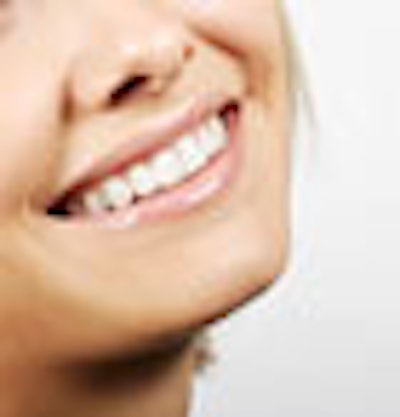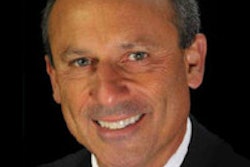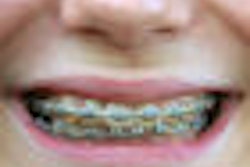
Demand for cosmetic dentistry services has declined 13% since 2007, primarily due to the ongoing recession and its effects on the spending behaviors of patients, according to a survey by the American Academy of Cosmetic Dentistry (AACD).
The survey, "Cosmetic Dentistry: State of the Industry," was conducted between October 6 and November 22, 2011. The invitation to participate was offered via email to AACD members and distributed to non-AACD dental professionals via Dentalcompare.com and other dental media. A total of 1,068 responses were received, with 76% of the respondents being AACD members.
While the overall findings validate what many already knew, the news wasn't all bad. When it comes to specific cosmetic dentistry procedures like crown/bridge work, implants, and orthodontics, respondents reported that revenues generated from these procedures either increased or stayed the same year over year.
In fact, the survey found that orthodontics showed the largest positive shift since the last AACD survey (conducted in 2007), while veneers have dropped the most.
Changing trends
A trend toward "responsible aesthetics" has changed how patients can achieve the smile they desire, John Sullivan, DDS, president of the AACD, told DrBicuspid.com.
"While it used to be common for dentists to place veneers to correct crowding issues, now orthodontics can be done in a much quicker manner and give the patient the result they wish for without aggressively removing tooth structure," he said. "Proper treatment planning should include orthodontics as an option to allow conservative smile design."
The survey also found that the number of patients under the age of 20 increased from 5% in 2007 to 17% in 2011 -- an uptick Dr. Sullivan attributes to growing interest among these patients in whitening and orthodontics which are often the first treatments this demographic will invest in to improve their smiles.
"Both of these procedures work very well with this age group," he said.
The survey also found that when it comes to cosmetic dentistry, the instigation of new business is overwhelmingly driven by the dentist. All team members should ask open-ended questions about the patient's feelings about their smiles, and the doctor should then adopt their wishes into the treatment plan, according to Dr. Sullivan.
"It's not a matter of up-selling; it's listening to what the patient wants," he said. "Staff is often better at listening than the doctor."
Recessionary effects
Some patients are still willing to pay premium prices for cosmetic dentistry, although not as many as in previous years, the survey found. When asked how much the average cosmetic dentistry patient spent on services at their practices in the past year, 3% of practices indicated an average amount of $20,000 or more spent per patient. More patients spent $2,500 to $4,999 (19%) and $5,000 to $9,999 (15%), both down several points from 2007.
Even though routine treatment of back teeth may not be as skill-dependent as cosmetic procedures in the "smile zone," dentists have become very efficient at placing posterior restorations that look good, explained Dr. Sullivan.
However, patient demand for cosmetic excellence in the anterior region is often at a higher level compared to the posterior region.
"Those restorations often cost more in the anterior than elsewhere, as the materials and skills needed to place them aesthetically is at a premium," he explained.
Even though the economy has made it harder for the patient to reach that goal of a perfect smile, the demand is still there, Dr. Sullivan emphasized.
"With proper treatment planning, a dentist can often help a patient reach their goal through phased treatment, allowing the smile to be developed over time," he said. "This is especially evident with whitening and orthodontics."
Also, as patients find it harder to pay for treatment, dentists are finding new and innovative ways to make dental treatment more affordable, such as allowing the patient to pay over time, he noted.
Here are some other survey findings:
- The demand for cosmetic dentistry procedures was primarily driven by referrals, and the biggest change from the 2007 benchmarking survey is the factor "increase in Internet usage by patients," which is up 25 points.
- Three-fifths of cosmetic dentistry patients were female (60%) and two-fifths were male (40%), representing a seven-point swing toward males since the 2007 survey.
- Procedure appearance is most important to patients, followed closely by cost and longevity of treatment results.
- 77% of practices indicated they offered their cosmetic dentistry patients third-party external financing services; of those offering financing, 78% said that it helped patients get to a "yes" decision.
- 73% of respondents reported total cosmetic procedure revenues at $500,000 or less for the previous year.
- Among respondents, the average revenue for cosmetic dentistry procedures was $375,000 per practice.



















